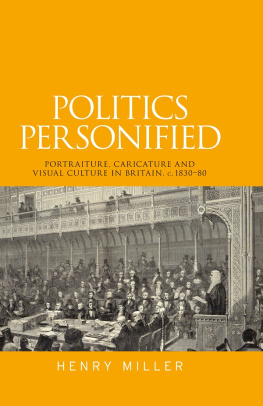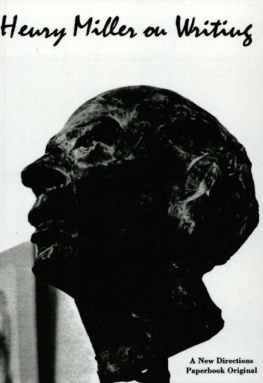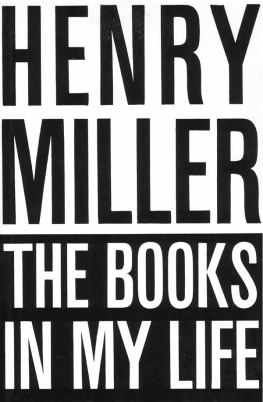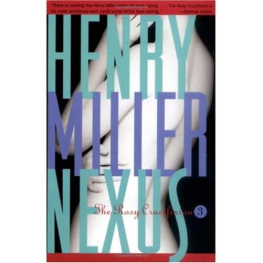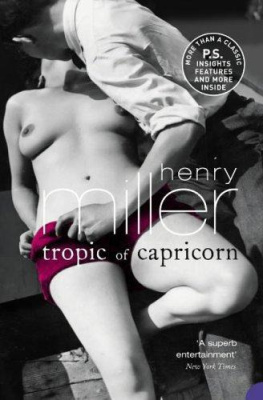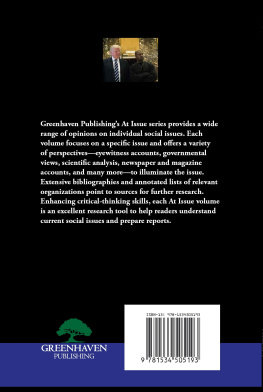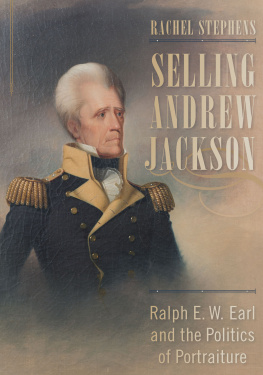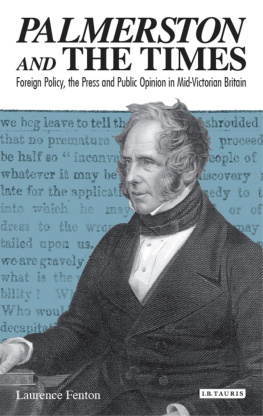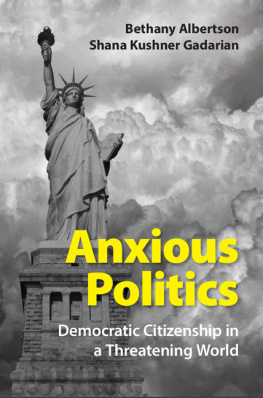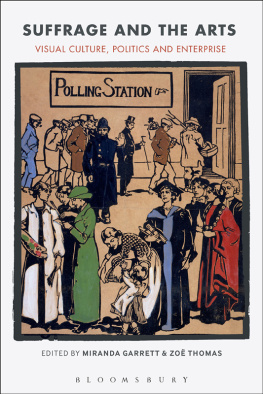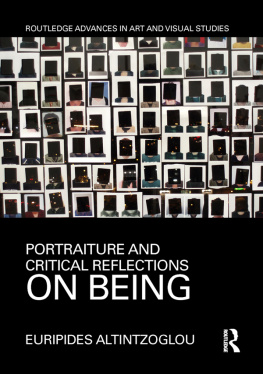Politics personified

Politics personified
Portraiture, caricature
and visual culture in Britain,
c. 183080
HENRY MILLER
Manchester University Press
Copyright Henry Miller 2015
The right of Henry Miller to be identified as the author of this work has been asserted by him in accordance with the Copyright, Designs and Patents Act 1988.
Published by Manchester University Press
Altrincham Street, Manchester M1 7JA, UK
www.manchesteruniversitypress.co.uk
Library of Congress Cataloging-in-Publication Data applied for
ISBN 978 0 7190 9084 4 hardback
First published 2015
The publisher has no responsibility for the persistence or accuracy of URLs for external or any third-party internet websites referred to in this book, and does not guarantee that any content on such websites is, or will remain, accurate or appropriate.
Typeset in Minion by
Koinonia, Manchester
Contents
Table
Figures
I have accrued many debts producing my book, which I acknowledge with pleasure now, even if repayment in full may take a while. The books publication has been made possible by a grant from the Scouloudi Foundation in association with the Institute of Historical Research. I would also like to acknowledge the support of the Paul Mellon Centre for Studies in British Art through its Publication Grants (Author) Award scheme.
This book bears little resemblance to the 2009 University of London PhD thesis from which it originated, and has been largely researched and almost entirely written from scratch. Yet my doctoral research was crucial for setting me on this road, immersing me in a period which I knew little about beforehand and shaping my interest in this topic. Special thanks go to James Ellison, who lobbied for a Queen Mary University of London studentship without which none of what followed would have been possible; my supervisor Peter Catterall, whose broad knowledge and constructive criticism were stimulating; and my academic advisers, the late John Ramsden and Thomas Dixon. My examiners, Miles Taylor and Aled Jones, offered incisive comments that I have tried to follow in converting the thesis into a book. I benefited greatly from the vibrant research community at Queen Mary and the friendship of my fellow history postgraduates, especially Rob Dale, Daniel Furby, Bob Henderson, Jack MacGowan, Tsela Rubel and Reto Speck. Karl and Izzy Surmacz, Hamed and Sarah Bastan-Hagh and Glenis Llewellyn offered generous hospitality while I conducted research in Oxford, Manchester and Birmingham, respectively. Research trips were supported by two grants from the University of Londons Central Research Fund (summer 2006 and 2007). Between 2009 and 2013 the History of Parliament Trust provided a stimulating environment to work in and I am grateful to Paul Seaward, the Director, who gave me the opportunity, and to my former colleagues in the 18321945 section, Stephen Ball, James Owen, Kathryn Rix and Philip Salmon, for sharing their ideas and being so pleasant to work with. Seth Thvoz kindly shared his knowledge of political clubs and put me in touch with the Reform Club. What follows has been much improved by the comments of a number of readers, and I hope they can see the impact of their patient criticism and suggestions. I am indebted to David Brown, Peter Catterall, Joe Coohill, Simon Morgan, Gordon Pentland, Kathryn Rix and Philip Salmon, as well as the two anonymous referees who reviewed the sample chapter. I would also like to thank Malcolm Chase and Matthew Cragoe for their encouragement and insights and others from whom I have learnt a lot in conversation at conferences and seminars.
I have benefited greatly from the kind assistance of librarians and archivists in a number of repositories, which I am happy to acknowledge here: University of Birmingham Special Collections; Julie Ann Lambert of the John Johnson Collection of Printed Ephemera, Bodleian Library, Oxford; British Library manuscripts reading room and British Newspaper Library; Huw Jones of the Herbert Art Gallery, Coventry; the British Library of Political and Economic Science, London School of Economics; the Labour History Archive and Study Centre, Manchester; Manchester Central Library; Heinz Library, National Portrait Gallery; Parliamentary Archives; Senate House Library, University of London, Special Collections; Staffordshire Record Office; West Sussex Record Office.
Above all I owe a great deal to my family and friends, for their love, support and friendship, both before and during the writing of this book. My extended in-laws, the Oslers, Breeds and Graham-Moores, have provided great hospitality on many occasions that offered much needed respite. The greatest debt, however, must be to my own family, especially my mum, my brother Charlie and my sister Grace, my dad and his wife Julia. I would like to thank them for their love and encouragement over three decades. My late grandparents helped to nurture my interest in history, in their different ways, as did numerous history teachers. Lastly, but by no means least, I would like to express my profound gratitude to my wife Caroline, without whom I could not have finished this book. Her humour and love have sustained me during this project. This book is for her.
| BL, Add. MS | British Library, Additional Manuscripts |
| BM | Department of Prints and Drawings, British Museum |
| BMC | F.G. Stephens, E. Hawkins and M.D. George, Catalogue of Political and Personal Satires Preserved in the Department of Prints and Drawings in the British Museum (11 vols. in 12 parts, London, 18701954) |
| cdv | Carte de visite |
| EHR | English Historical Review |
| GMCRO | Greater Manchester County Records Office |
| HP, Commons, 18321868 | The History of Parliament: The House of Commons, 18321868 (draft entries) |
| HJ | Historical Journal |
| ILN | Illustrated London News |
| JBS | Journal of British Studies |
| JJC | John Johnson Collection of Printed Ephemera, Bodleian Library |
| NPG, London | National Portrait Gallery, London |
| PHM: LHASC | Peoples History Museum, Labour History and Archives Study Centre |
| TNA: PRO | The National Archives: Public Record Office |
The political likeness attained a remarkable popularity and cultural resonance between 1830 and 1880. Portraits and political cartoons were produced commercially on an ever-increasing scale. The proliferation of likenesses was not simply due to the exploitation of new visual technologies, but clearly answered a very real demand. This book examines the role of political likenesses in a half-century that was crucial for the political modernisation of Britain, in which the electorate gradually expanded, a two-party system began to take shape and politicians became increasingly accountable and responsive to public opinion. Political likenesses allowed historical and contemporary narratives of politics to be told; political identities to be shaped and reaffirmed; the public image of politicians to be communicated to broad and discrete audiences, nationally and locally; and finally, catered for a popular desire to see those individuals who aspired to political leadership both in Parliament and out of doors. Analysing these likenesses, the debates around them and their production, circulation, distribution and reception offers new insights into politics, media and culture in the pre-democratic heyday of the Victorian political system. A critical study of this visual and material culture not only helps to explain the emergence of what has been called the golden age of the private MP, with its mass veneration of politicians and statesmen, but can also account for cultural shifts in the public perception of politics and the emergence of new political identities in an age of electoral expansion.

